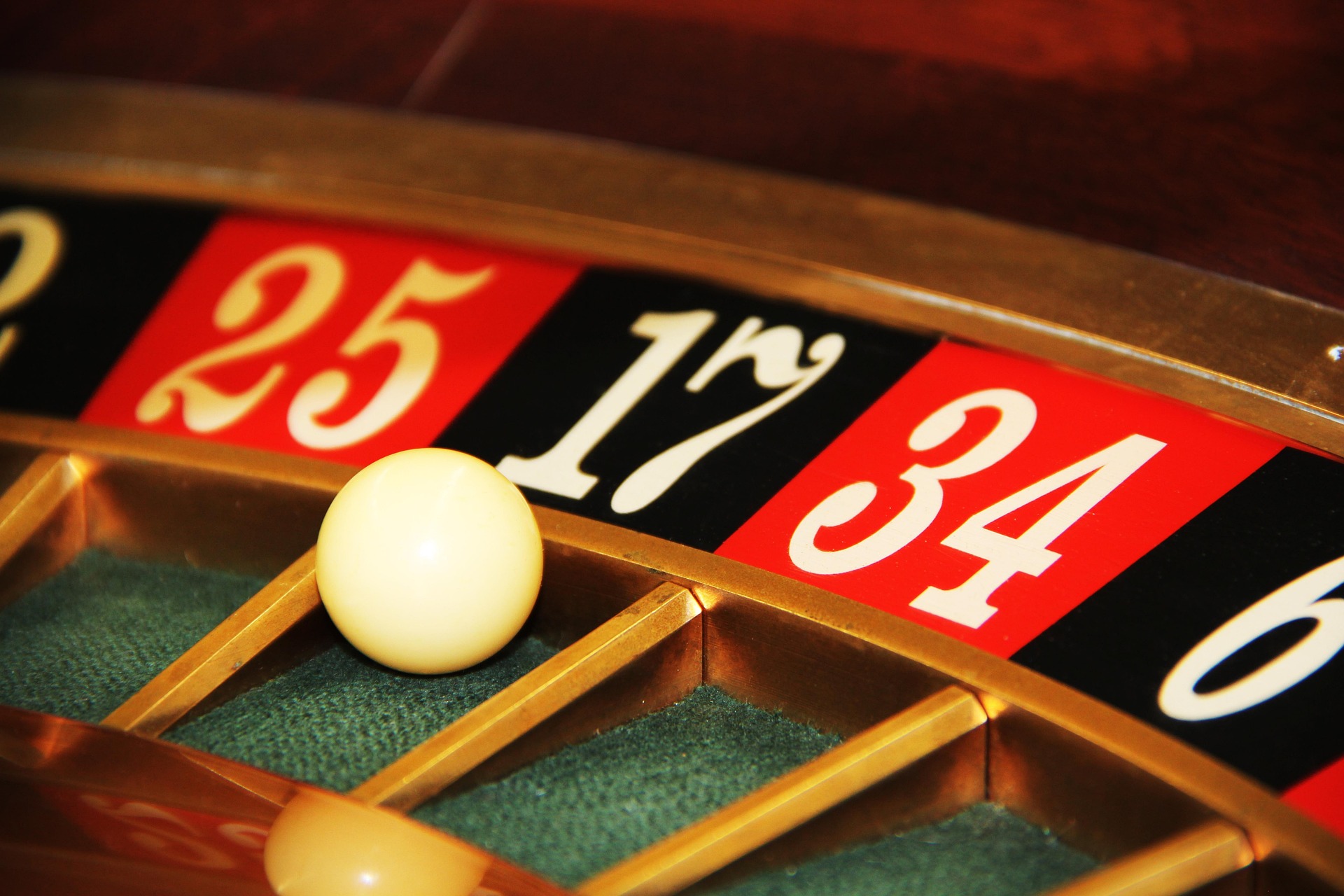Martingale System
Double the bet after every loss and return to the original bet after each win.
If the bet amount exceeds the table limit, the table limit will be used as the bet amount.
If the next bet amount exceeds your bankroll, the current one will be used if you have
enough money. Otherwise, the initial bet amount will be used.
Understand more about the Martingale System
Fibonacci System
Follow the Fibonacci sequence of bets: 1,1,2,3,5,8,13,21,34, and so on.
After each loss, bet with the next step, after each win, go down two steps.
Example: First bet 1, if you lose, bet 1 on the next one.
If you lose again, bet 2 on the next one.
If you lose again, bet 3 on the next one; if you win, bet 1 on the next one.
Understand more about the Fibonacci System
Labouchere System
Also known as the "cancellation system", this type of strategy works using an initial series
of numbers that represent betting units (not necessarily have to be sequential).
For example, if the initial series is 1,2,3,4,5 your
initial betting will be 1 + 5 (being the two outer numbers in the series).
If you win, remove these two numbers so that your series will become 2,3,4 and your next bet will be
2 + 4 = 6
If you lose, add 6 (1 + 5) to the end of the series so that your series will be 1,2,3,4,5,6 and your
next bet will be 1 + 6 = 7
When you have removed all the numbers in the series, you would have completed one game and start again with the
initial series of 1,2,3,4,5.
Understand more about the Labouchere System
Reverse Labouchere System
Similar to the Labouchere system, except that you add numbers to the series when you win and remove numbers when you lose.
For example, if the initial series is 1,2,3,4,5 your
initial betting will be 1 + 5 (being the two outer numbers in the series).
If you lose, remove these two numbers so that your series will become 2,3,4 and your next bet will be
2 + 4 = 6
If you win, add 6 (1 + 5) to the end of the series so that your series will be 1,2,3,4,5,6 and your
next bet will be 1 + 6 = 7
You continue to add a number to the series on winning until you reach the table limit or you can set your own maximum bet amount.
In this simulation, it will use the table limit (which you can set to any number you like above).
When you have removed all the numbers in the series, you would have completed one game and start again with the
initial series of 1,2,3,4,5.
Understand more about the Reverse Labouchere System
D'Alembert System
Increase the bet amount by the bet increment unit after each loss and decrease the bet by
the bet increment unit after each win. If you reach 0, start again with the initial bet amount.
For example, an initial bet of $10 and a bet increment unit of $2. If you lose increase the bet to $12. If you lose again
increase the bet to $14. If you win decrease the bet amount to $12, and so on.
Understand more about the D'Alembert System
Reverse Martingale System
Double the bet after every win and return to the original bet after each loss.
If the bet amount exceeds the table limit, the table limit will be used as the bet amount.
If the next bet amount exceeds your bankroll, the current one will be used if you have
enough money. Otherwise, the initial bet amount will be used.
Understand more about the Reverse Martingale System
Please wait while the wheel is spinning...
Please scroll down to view simulation result.
